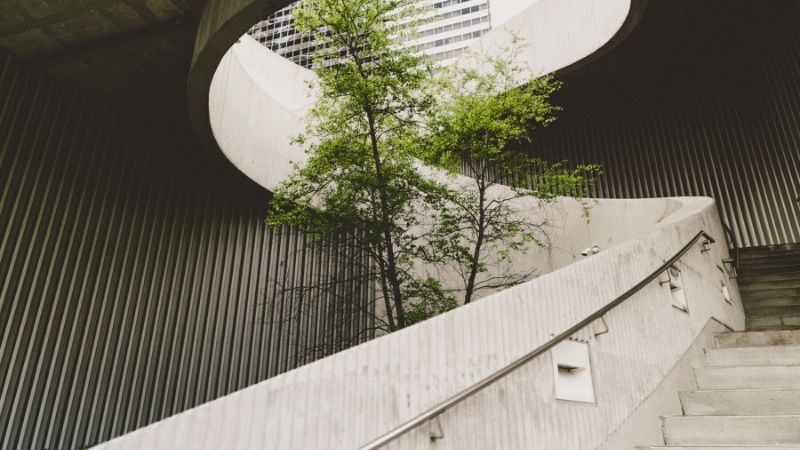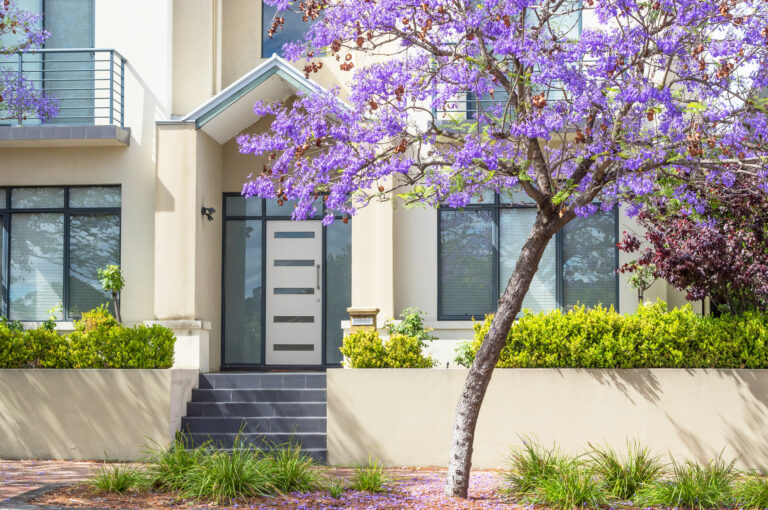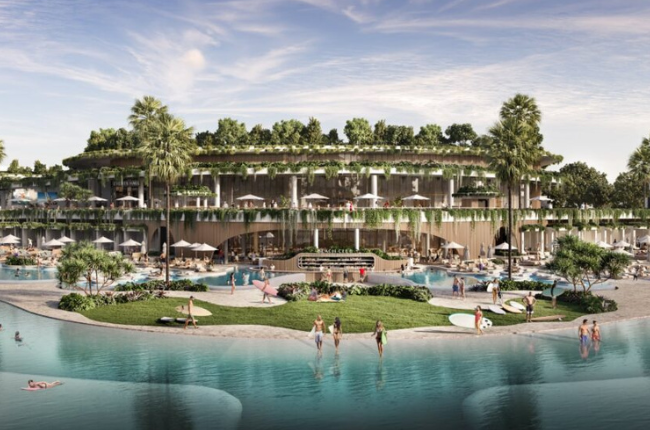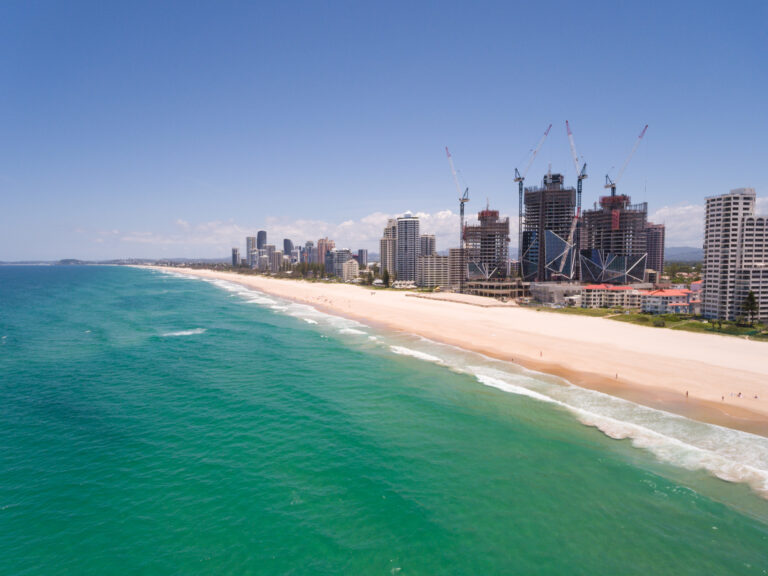Time to read: 2 mins
When it comes to building not only sustainable but smart developments, here are the ten tips you need to create a design that buyers will love.
1. Water Efficiency
Use water conservative appliances and fittings, such as water-efficient showerheads and pressure-limiting devices. Consider including a rainwater take for garden, toilets and laundry water supply.
2. Passive Solar Designs
A good passive solar design allows your home to naturally respond to the climate, heating in winter and cooling in summer. This can incorporate orientation of the build, cross-ventilation, insulation, smart shading, lightweight building materials, skylights, etc.
3. Hot Water Efficiency
Solar or electric heat systems to lower energy bulls and reduce the household footprint are good considerations.
4. Future Living Considerations
Consider the changes of the household and a person’s needs as they get older. By placing the living areas and at least one bedroom and toilet on ground level – plus allowing it to be accessible from the front boundary or car space – you can future proof your home for all age demographics.
5. Safe Floors and Surfaces
Floors and showers should be designed step-free (hobless). Slip resistant flooring solutions are best also.
6. Nod to the Street
Consider your home from the street’s viewpoint. Your house number should be easy to read and find, good external lighting should be provided with a separate driveway and pedestrian entrances.
7. Heart of the Home Surveillance
Think about where children will play and where these areas need to be seen from. Kitchen and main living areas should have easy surveillance of play areas.
8. Long-Term Materials
Sustainable developing is about longevity. Reduce the repair and maintenance of the home by utilising low maintenance and sustainable materials.
9. Indoor Air Quality
Avoid volatile organic compounds, such as paints and adhesives as these can cause allergies and impact resale values.
10. Outdoor Lifestyle
Permanent outdoor shade solutions with a good interaction between indoor and out. The area covered should include play areas, entertaining areas or other such areas.










